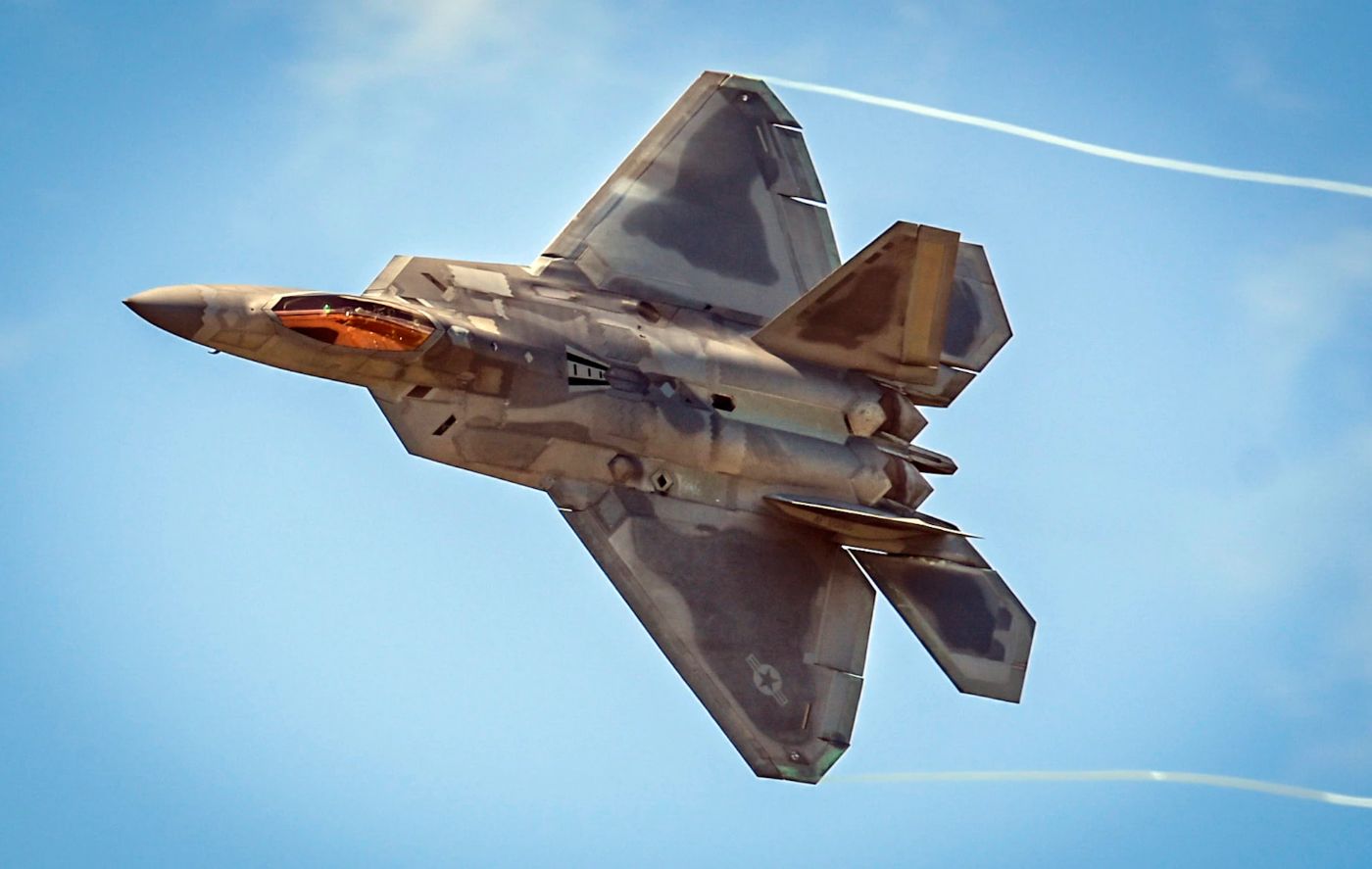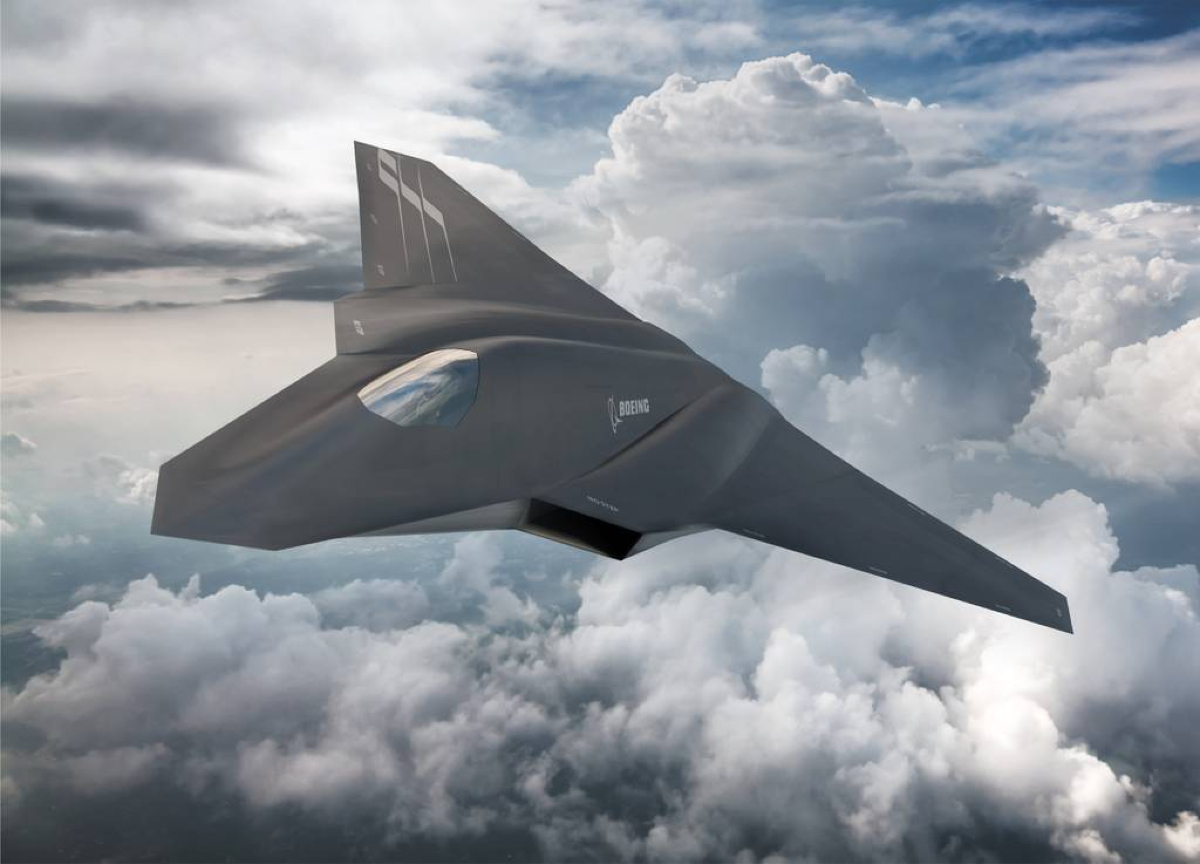A second push by the US Air Force (USAF) to retire older F-22 Raptors may stand a chance of succeeding as a precedent was set when a resistant Congress allowed decommissioning some A-10 Warthogs, according to the service’s Secretary Frank Kendall.
The Congress opposed attempts to divest many legacy aircraft, including the A-10, F-22, and the F-15 C/Ds and E-3 Sentry Airborne Early Warning and Control (AEW&C), owing to electoral concerns that might arise of job losses.
The USAF hopes to repurpose the billions of dollars saved in their upkeep for programs like hypersonic missile development and the Next Generation Air Dominance (NGAD) fighter.
Kendall also named “electronic warfare, battle management systems, and cyber capabilities” to point out that planes are not the only systems they need for a future war with peer adversaries like China or Russia.
Kendall was quoted pointing to the December 2022 Congress approval to retire 21 of its A-10s, possibly setting the stage for decommissioning 33 of its oldest F-22 Block 30 Raptors.
“I’ve had good cooperation from our committees. And one of the things that’s been a sticking point in the past that we’re getting good cooperation on now is divestitures,” Kendall said on the sidelines of the Ash Carter Exchange.

Adding that they were “unsuccessful” last year with “old F-22s that are not fully combat capable,” he thinks there’s a “much better chance” that the USAF proposal might go through this year. “So I want to express some appreciation to the Congress,” he said.
Fortune Spent On Maintaining F-22s
Air Force officials say that the $500 million required annually to maintain 32 Block 20 F-22s – which they claim are not equipped with the most modern weapons – can instead be diverted for the Raptor’s successor, the secretive NGAD program.
Lt Gen Richard Moore, Air Force deputy chief of staff for plans and programs, had estimated in April that fixing the Block 20 fighters and making them combat-worthy would take about a decade and cost approximately $3.5 billion. The NGAD system has been roughly scheduled to begin flying by that time.
Retaining the F-22s would also affect the development of the Collaborative Combat Aircraft (CCA) project – the other unmanned aircraft with various roles and sizes that will form a part of the manned-unmanned teaming swarm controlled by the NGAD.

This was stated by the USAF’s top acquisition official Andrew Hunter in August 2022 during a media briefing of the Life Cycle Industry Days Conference in Ohio.
“The concern I would have would be on our ability to deliver a Collaborative Combat Aircraft system to complement NGAD. It would limit our ability to dedicate people and resources to an aggressive effort to field that capability,” Hunter had said.
Besides the F-22, E-3, and A-10, the US military generally wants to retire platforms like five Littoral Combat Ships (LCS) vessels and the MQ-9 Reaper drone.
Part of the resistance from Congress is due to eco-political stakes in the defense companies, factories, and assembly lines located in their constituencies. Divesting these platforms would lead to massive unemployment and voter backlash in an economy already expected to head into an unprecedented recession.
Costly, Nagging Fighter That Was To Be Retired Within A Decade
The F-22 Raptor is America’s leading pure air superiority fighter, with total stealth and extreme maneuvering capability to dominate beyond visual range (BVR) and within visual range (WVR) dogfights.
Its retirement plans were slated around 2009 but were pushed amid China’s military rise and the introduction of its fifth-generation stealth fighter, the Chengdu J-20 ‘Mighty Dragon.’
Developed by Lockheed Martin, the Raptor came into service in 1997, with the final delivery in 2012 of around 187 jets.
But it is also plagued with problems, including a weak radar, the absence of an Infrared Search and Track (IRST), costly maintenance and life cycle support, missing a Helmet Mounted Display (HMD), and stealth paint coating that keeps coming off.
Moreover, a section of military aviation enthusiasts believes stealth is overrated since near-peer adversaries who have technologically caught up with the United States and have networked assets can find ways to beat stealth. A program to integrate an IRST into the fighter kicked off only in January 2022.
F-22 Still Can Make A Difference
With the war in Ukraine showing no signs of subsiding and fears of Russia clashing with the North Atlantic Treaty Organization (NATO) rife, the F-22 Raptors cannot be dismissed for their ability to take on advanced Russian fighters, despite their technical issues and small numbers.
They would be vital in achieving air superiority over the Su-57 and Su-35S in collaboration with the F-35 used by other European countries and Gen. 4++ fighters like the Eurofighter Typhoon.
In China, while it would be the F-35 leading the air campaign, even the F-22s will play a significant role in taking on China’s J-20 and Su-35S.
While the US is expected to lose a naval war owing to its many logistical constraints in the western Pacific admitted by its military leaders, its air arm (both the USAF and the US Navy) stands to be able to do substantial damage to the People’s Liberation Army Air Force (PLAAF).
- The author can be reached at satamp@gmail.com
- Follow EurAsian Times on Google News




